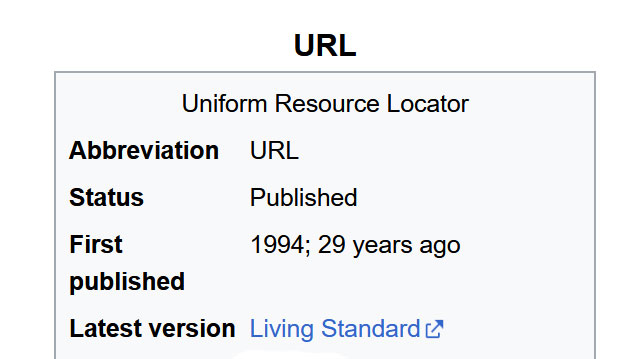
In my previous post, I wrote about URLs (uniform resource locators), and DOIs (digital object identifiers), both of which can be used to help you find electronic sources and both of which are used in reference lists. Remember, DOIs are unique alphanumeric strings that do not change (like a resource’s fingerprint), but URLs can change over time, and so are less reliable. Thus, when putting together a reference list, no matter what style you are using, it’s best to include DOIs whenever possible. In cases where they are not available, use URLs.
In today’s post, I’ll provide examples of reference listings including DOIs and URLs in APA, MLA, and the Chicago Manual of Style. I’ll point out some differences among these styles, and I’ll provide some information about what to do with electronic sources found using a database.
APA
Smith, Mary. (2019). Example title. Journal Name, 2(5), 1–12. doi: 10.4595/201fd4789.
Get a free sample proofread and edit for your document.
Two professional proofreaders will proofread and edit your document.
MLA
Smith, Mary. “Example Title.” Journal Name. vol. 1, no. 2, 2019, pp. 1–12. doi: 10.4595/201fd4789.
Chicago
1. Mary Smith, “Example Title,” Journal Name 1, no. 2 (March 2019): 3, doi: 10.4595/201fd4789. [Long-form note]
Smith, Mary. “Example Title.” Journal Name 1. no. 2 (March 2019): 3. doi: 10.4595/201fd4789. [Bibliography entry]
Smith, Mary. “Example Title.” 2019. Journal Name 1. no. 2 (March). doi: 10.4595/201fd4789. [Reference list entry]
For the sake of comparison, all the above examples are for journal articles, but electronic books, online datasets, and official government or other organizational publications also often have DOIs. The information provided above applies if you are citing other types of sources; just incorporate the DOI/URL and access date information the same way but within the other source type’s reference entry format.
A Note about Sources Found in Databases
When you find sources using a commercial database (e.g., JSTOR, ERIC, etc.) or through your university library’s search page, the URLs you come up with may require a subscription or university login for full or partial access. If you are writing a paper for a class or another internal audience who will have access to the same login credentials you do, these URLs should be fine in your reference list, but check with your instructor to be sure.
If your paper is for an external audience, particularly if it is for publication, if there is no DOI, you may be able to find a stable URL on the database search results page; look for a button marked “permalink” or “persistent link,” “durable link,” or “stable link.” You can also try a simple internet search. This may turn up a URL for a source location that does not require your login credentials (for the full text of even just an abstract and publication information). If all you can find is a database URL, Chicago recommends providing the name of the database instead of the URL of the source. MLA recommends providing the database name and the URL. APA recommends providing the URL of the database’s publisher, which you may have to search for a bit.
 In cooking, there’s a saying: “Cook like a pro, clean as you go.” Similarly, as I’ve said before, write like a pro, gather source documentation as you go; avoid having a mess to sort out at the end. Of course, consult a good editor like those at ProofreadingPal to wipe up any lingering spills!
In cooking, there’s a saying: “Cook like a pro, clean as you go.” Similarly, as I’ve said before, write like a pro, gather source documentation as you go; avoid having a mess to sort out at the end. Of course, consult a good editor like those at ProofreadingPal to wipe up any lingering spills!
Sarah P.
Get a free sample proofread and edit for your document.
Two professional proofreaders will proofread and edit your document.
Get a free sample proofread and edit for your document.
Two professional proofreaders will proofread and edit your document.
We will get your free sample back in three to six hours!